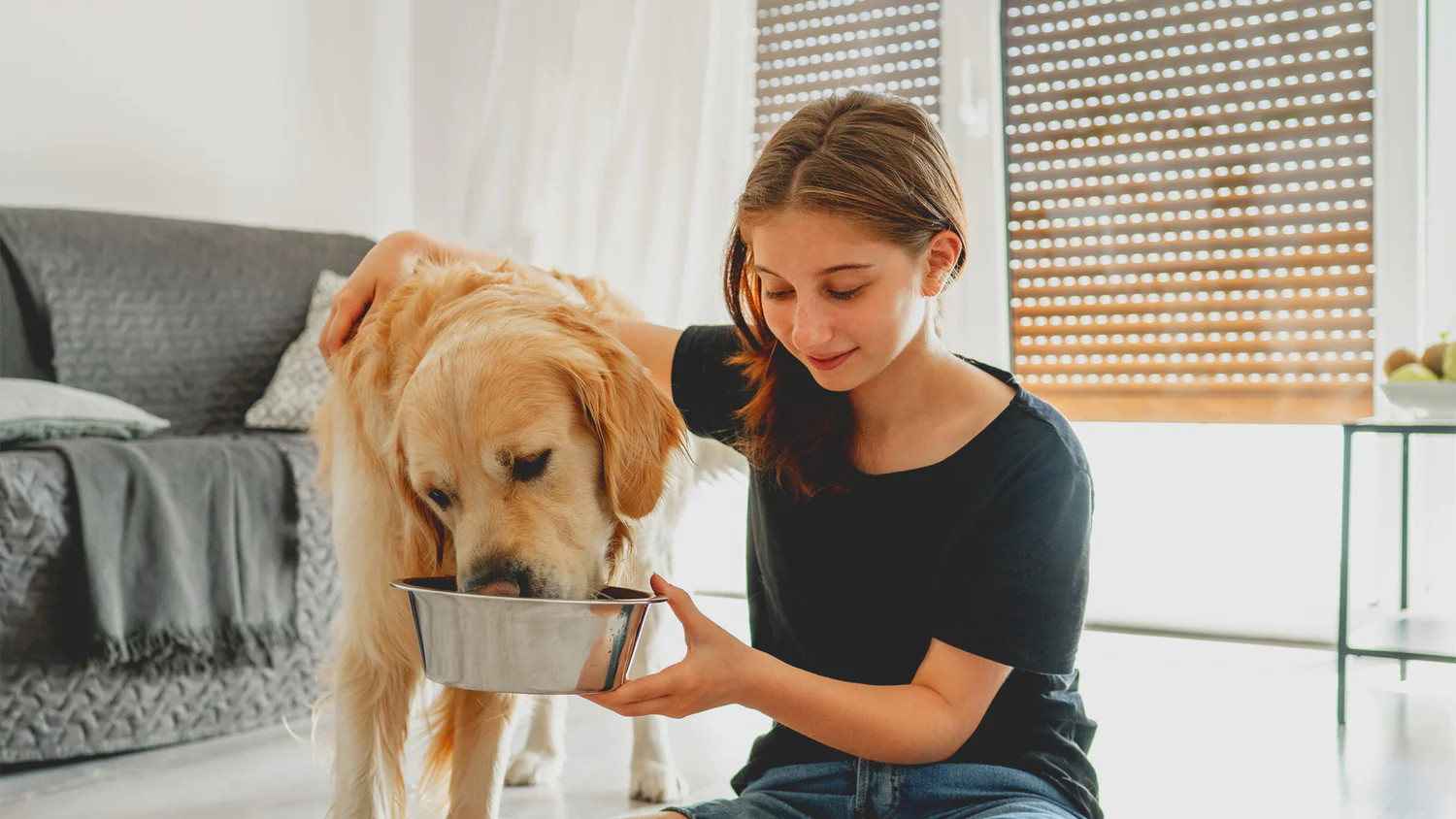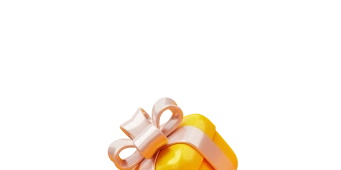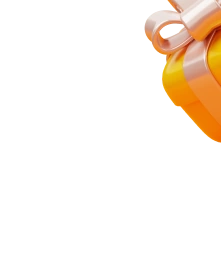Uncovering the Mystery: Why Does My Dog Only Eat When I’m Around?
Have you ever noticed that your dog seems to only eat when you’re present? It’s a common phenomenon that many dog owners have experienced. While it may seem puzzling at first, there are several possible reasons why your furry friend exhibits this behavior. Understanding the underlying factors can help you better care for your pet and ensure their nutritional needs are met.
One possible explanation for this behavior is the bond between you and your dog. Dogs are social animals that thrive on companionship and interaction. When you’re present during mealtime, your dog may feel more secure and comfortable, which can positively impact their appetite. Your presence can provide reassurance and a sense of safety, allowing them to relax and enjoy their meal.
Another factor to consider is the role of routine and familiarity. Dogs are creatures of habit and often rely on routines for a sense of stability. Your presence during mealtime can signal that it’s time to eat, reinforcing their daily routine. Additionally, dogs are known to be highly attuned to their owners’ behavior and cues. They may associate your presence with positive experiences, such as receiving attention or treats, which can make mealtime more enjoyable for them.
Furthermore, dogs are known to be social eaters. In the wild, pack animals often eat together as a way to strengthen social bonds and ensure the safety of the group. Your dog may view mealtime as a shared activity, and having you present creates a sense of camaraderie. Eating in your presence may also be a way for your dog to seek approval and validation, as they perceive it as a bonding experience.

Why Does My Dog Only Eat When I’m Around
It’s important to note that some dogs may have underlying anxiety or fear-related issues that can affect their eating behavior. If your dog only eats when you’re around and displays signs of stress or discomfort when alone, it’s essential to consult with a veterinarian or a professional dog behaviorist. They can help identify any underlying issues and provide appropriate guidance and solutions.
In conclusion, the reason why your dog only eats when you’re around can be attributed to various factors, including the bond between you and your pet, the role of routine and familiarity, and the social nature of dogs. Understanding these factors can help you create a positive mealtime experience for your furry companion. However, if you suspect any underlying anxiety or behavioral issues, seeking professional assistance is crucial. Remember, a happy and healthy dog is one that feels safe, loved, and comfortable during mealtime and beyond.
The Factors Behind Your Dog’s Selective Eating Habits
The Role of Attachment and Security
One possible explanation for why your dog only eats when you’re around is the strong attachment and sense of security they feel in your presence. Dogs are pack animals by nature, and they form deep emotional bonds with their human companions. Your presence during mealtime provides them with a sense of comfort and reassurance. They may feel more relaxed and at ease knowing that you’re nearby, which can positively impact their appetite.
The Power of Routine and Familiarity
Dogs thrive on routine and familiarity, and mealtime is no exception. Your dog may associate your presence with the regular feeding schedule, creating a predictable routine that they are accustomed to. Dogs are highly observant and can pick up on subtle cues and patterns. They may recognize your presence as a signal that it’s time to eat, further reinforcing their routine. This familiarity can contribute to their willingness to eat when you’re around.
The Social Nature of Dogs
Dogs are inherently social animals, and their eating habits can reflect this aspect of their nature. In the wild, pack animals often eat together as a way to strengthen social bonds and ensure the safety of the group. Your dog may view mealtime as a shared activity, and having you present creates a sense of camaraderie. By eating in your presence, they may seek validation and approval, as they perceive it as a bonding experience.
Possible Anxiety or Fear-Related Issues
While the aforementioned reasons are common explanations for why dogs eat only when their owners are around, it’s important to consider the possibility of underlying anxiety or fear-related issues. Some dogs may experience separation anxiety or have a fear of being alone. These dogs may feel more comfortable and secure when their owners are present, leading to a reluctance to eat when alone. If your dog displays signs of stress, restlessness, or discomfort when left alone, it’s essential to consult with a veterinarian or a professional dog behaviorist to address these underlying issues.

Why Does My Dog Only Eat When I’m Around
Practical Recommendations for Encouraging Healthy Eating Habits
1. Establish a Consistent Feeding Schedule
2. Provide a Safe and Peaceful Eating Environment
Ensure that your dog has a designated eating area where they can enjoy their meals without distractions or disturbances. Choose a quiet spot away from high-traffic areas or loud noises. This will help your dog focus on their food and feel at ease during mealtime.
3. Use Positive Reinforcement and Encouragement
Reward your dog with praise, gentle petting, or a small treat when they eat their meals, especially if you’re addressing the concern of “Why Does My Dog Only Eat When I’m Around.” Positive reinforcement can help create positive associations with mealtime and further strengthen the bond between you and your dog, mitigating the issue of “Why Does My Dog Only Eat When I’m Around.” It’s crucial to avoid using punishment or force, as it can create a negative association with eating and potentially exacerbate the problem of “Why Does My Dog Only Eat When I’m Around.”
Incorporating the understanding of “Why Does My Dog Only Eat When I’m Around” into your approach can significantly impact their behavior. By recognizing that your presence provides comfort and security, enabling them to eat, you can use this insight to gradually encourage more independent eating habits. However, always ensure that the solution to “Why Does My Dog Only Eat When I’m Around” is approached with patience and positivity, reinforcing their confidence at mealtime without your immediate presence.
4. Gradually Introduce Alone Time During Meals
If your dog is overly dependent on your presence during mealtime, gradually introduce short periods of alone time while they eat. Start by stepping away for a few seconds and gradually increase the duration over time. This will help your dog become more comfortable eating alone and build their confidence.
5. Seek Professional Guidance for Anxiety or Fear-Related Issues
If you’re pondering, “Why does my dog only eat when I’m around?” and you’ve noticed this selective eating habit is accompanied by signs of anxiety or fear when left alone, it’s crucial to take action. This specific concern, “Why does my dog only eat when I’m around?” can be indicative of deeper emotional issues your pet is experiencing. Consulting with a veterinarian or a professional dog behaviorist becomes imperative in these situations.
They can assess why your dog only eats when you’re around, delve into the behavior, provide appropriate guidance, and develop a tailored plan. This plan will not only address the question at the heart of the matter—why does my dog only eat when I’m around?—but also tackle any underlying anxiety or fear-related issues. Their expertise can offer solutions and strategies to help your dog feel more secure, even in your absence, mitigating the issue of why does my dog only eat when I’m around, and promoting healthier eating habits.

Why Does My Dog Only Eat When I’m Around
6. Consider Puzzle Toys or Food Dispensing Toys
Engaging your dog’s mind during mealtime can help make eating more enjoyable and stimulating, especially if you’ve noticed the behavior where your dog only eats when you’re around. Consider using puzzle toys or food dispensing toys that require your dog to work for their food. This approach not only addresses the question of “Why does my dog only eat when I’m around?” by making mealtime an interactive activity that they can enjoy even in your absence but also helps alleviate boredom and provides mental stimulation.
Incorporating these tools into mealtime makes it a more rewarding experience for your dog and can help shift their reliance on your presence for eating. This strategy is particularly useful if you’re trying to understand and mitigate the issue of “Why does my dog only eat when I’m around?” as it encourages independence and problem-solving skills in your dog, making mealtime a fun and engaging part of their day, regardless of whether you’re physically there or not.
7. Monitor Your Dog’s Health and Nutritional Needs
Regularly monitor your dog’s overall health and ensure they are receiving a balanced diet. Consult with your veterinarian to determine the appropriate portion sizes and types of food for your dog’s specific needs. Proper nutrition plays a vital role in their overall well-being and can contribute to a healthy appetite.
Remember, each dog is unique, and it may take time and patience to address their selective eating habits. By implementing these practical recommendations and understanding your dog’s individual needs, you can create a positive and enjoyable mealtime experience for your furry companion.
Conclusions
In conclusion, if you’ve ever wondered, “Why Does My Dog Only Eat When I’m Around?” you’re not alone. This behavior is quite common and can be attributed to your dog’s social nature and bonding with you. For more insights on this topic and to better understand your furry friend’s eating habits, visit us at geepets.com.
Additionally, for further reading on canine behavior and how to enhance your dog’s well-being, The American Kennel Club offers a wealth of resources. Both sites provide valuable information to help deepen your bond with your dog and ensure their health and happiness.






















